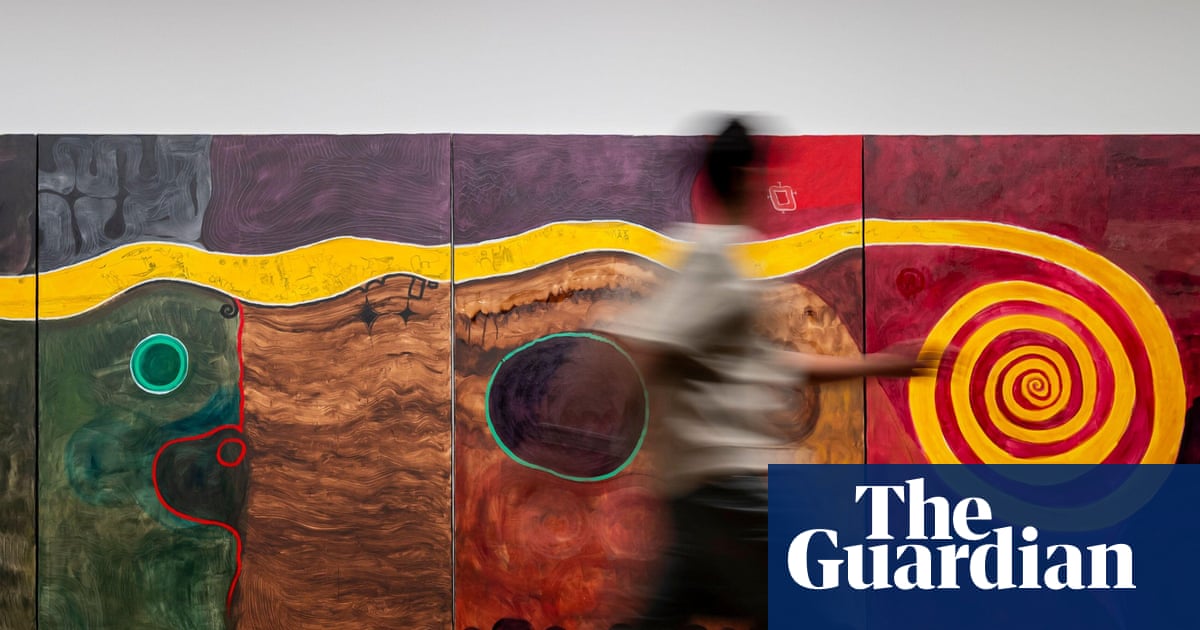
"Osei Bonsu, the curator of international art at Tate Modern alongside assistant curator Bilal Akkouche, tells me that Nigerian Modernism is around three years in the making, though his initial research began as early as the Covid pandemic. I was able to research the collections of the Universities of Birmingham, York and Chichester, all of which have really rich African collections. He found that modern Nigerian artists were often categorised within ideas of traditional African art, which he felt decontextualised the work and severed its links to modernity."
"Many of the artists in Nigerian Modernism grappled with this question of cultural nationalism and identity, which had been shaped as much by interactions with European colonial culture as by their heritage. This was an especially pressing question in the build up to independence in 1960. That is immediately apparent in the first room of the exhibition, which features the work of the modern arts teacher and painter Aina Onabolu. Bonsu draws my attention to his 1922 oil painting of an elite Lagosian woman, Charlotte Obasa: Commissioning her portrait was a way of signifying her wealth and importance within Lagosian society. If you look at her dress and how she's framed, there's a sense of the British upper class. Portraiture was a kind of artistic realism that helped define class structures."
Modern Nigerian artists combined European artistic techniques with indigenous themes and practices to assert modernity rather than be framed as 'traditional' art. Categorizing these artists as traditional African art often decontextualized their work and obscured links to modern movements. Artists grappled with cultural nationalism and identity shaped by colonial interactions and heritage, particularly during the lead-up to 1960 independence. Portraiture served to signal class and the influence of British aesthetics, as seen in elite Lagosian commissions. Textile arts like adire integrated mythological content into contemporary visual languages. University collections in the UK contain significant Nigerian works that reveal these dynamics.
Read at www.theguardian.com
Unable to calculate read time
Collection
[
|
...
]